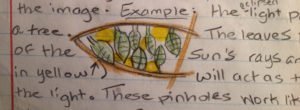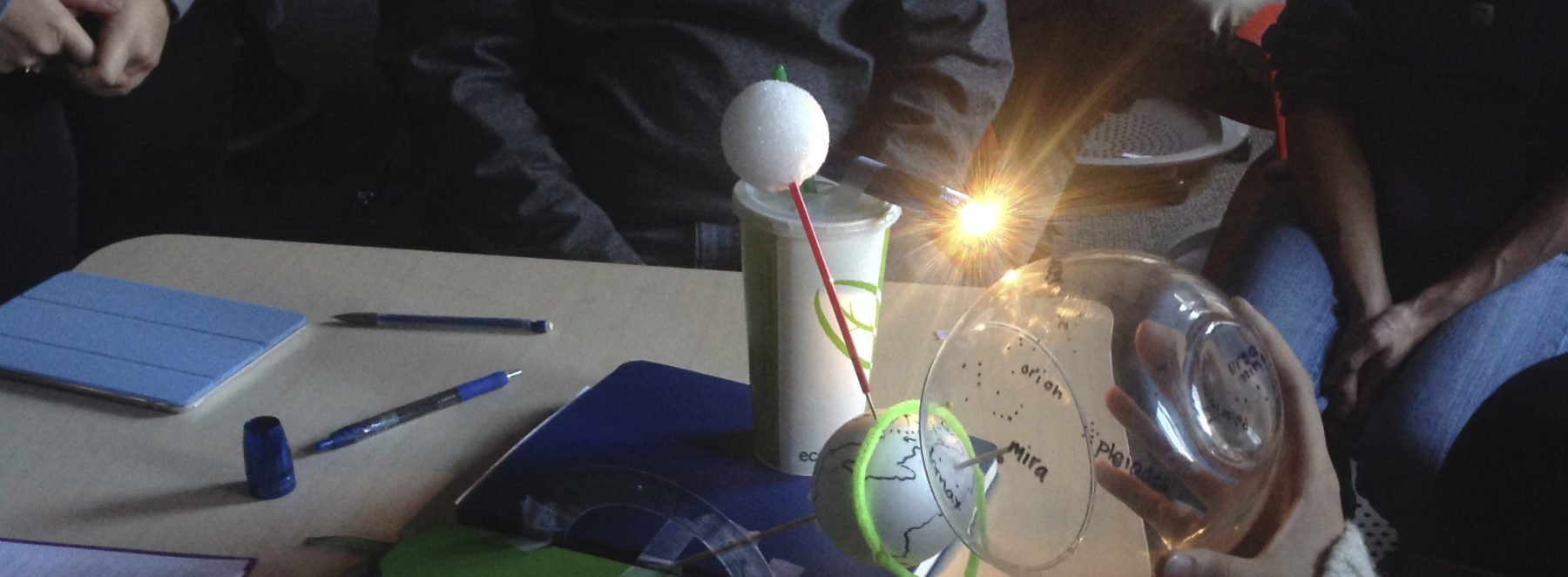 “The connections to scientific practice are not as direct, but homework can be considered a parallel to the ways in which scientists assume responsibility for collegial contributions to their professional communities. When we, as scientists, gather at a lab meeting, committee meeting, conference, journal club, or writing group, or participate in medical rounds, there is a degree of preparation that happens prior to these gatherings. So much of scientific work is a social process, but time together—as scientists and as students—is limited; it is a part of our shared responsibility to the group that we show up prepared.” –Chapter 6, Composing Science
“The connections to scientific practice are not as direct, but homework can be considered a parallel to the ways in which scientists assume responsibility for collegial contributions to their professional communities. When we, as scientists, gather at a lab meeting, committee meeting, conference, journal club, or writing group, or participate in medical rounds, there is a degree of preparation that happens prior to these gatherings. So much of scientific work is a social process, but time together—as scientists and as students—is limited; it is a part of our shared responsibility to the group that we show up prepared.” –Chapter 6, Composing Science
Take-Home Messages “Homework”
- Homework, like all writing in this course, does not stand apart from the ongoing work students are doing in constructing ideas. It draws on the ideas that have been developed and is used to further refine those ideas.
- Homework is a way for all students to participate in the community of scientists: It serves as a way for students to engage deeply with other students’ models and data, and is preparation that students do for participation in class.
- Because homework is used in class, feedback—whether from peers or faculty—must happen quickly. This can be accomplished by immediately using the homework in structures such as silent science or whiteboards; or faculty can quickly review the ideas as a formative assessment, using them to inform instruction.
- Instructor feedback models for students how to offer their own peer reviews: attending to the author’s ideas and not one’s own.
- Grading and feedback are not the same: When possible, we grade quickly but this is far less critical than rapid feedback.
- Because our homework is rarely summative, but instead is embedded in an ongoing and iterative process, it positions writing as a way to learn and not simply an assessment of learning. Feedback and grading reflect this.
